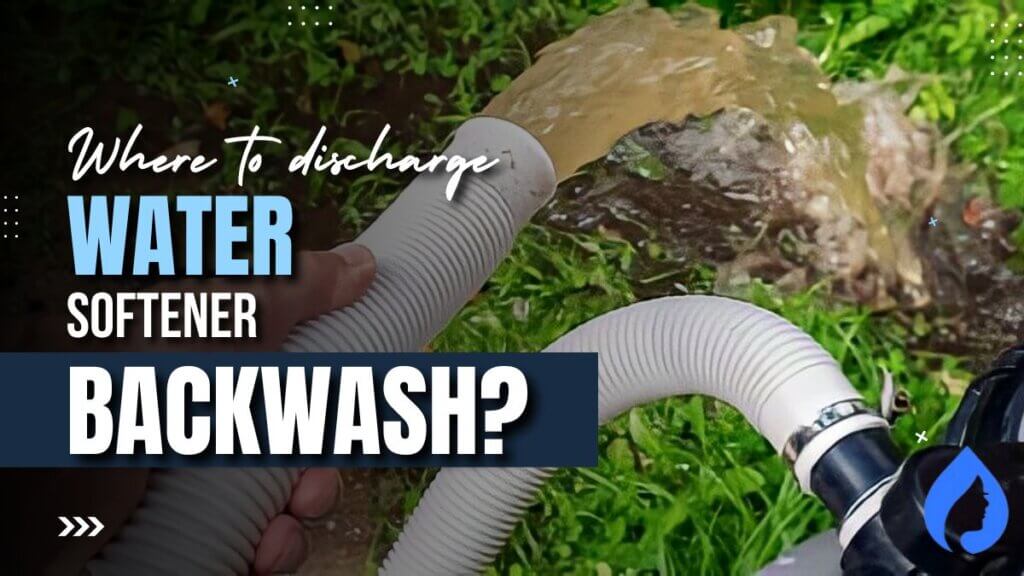
Are you trying to figure out where to discharge water softener backwash?
Let me share the secret here: The best way to discharge it is to drain it into a dry well or French drain.
Backwash brine water contains high levels of salt and minerals. When this is discharged into the environment carelessly, it creates several problems. Therefore, it is essential to handle its drainage with proper care.
Continue reading to find the complete list of 5 easy ways to discharge backwash and places you should avoid discharging.
- ✅ 5 Best Water Softener Drain Options
- 🤔Where To Drain Water Softener Installed In Basement
- 👍Smart Uses of Water Softener Backwash
- ❌ Worst Water Softener Discharge Options
- 👉How To Drain Water Softener Step-By-Step
- 🎯What Is Backwash Brine Solution, And What Does It Contain?
- 💡Where To Discharge Water Softener Backwash FAQs
✅ 5 Best Water Softener Drain Options
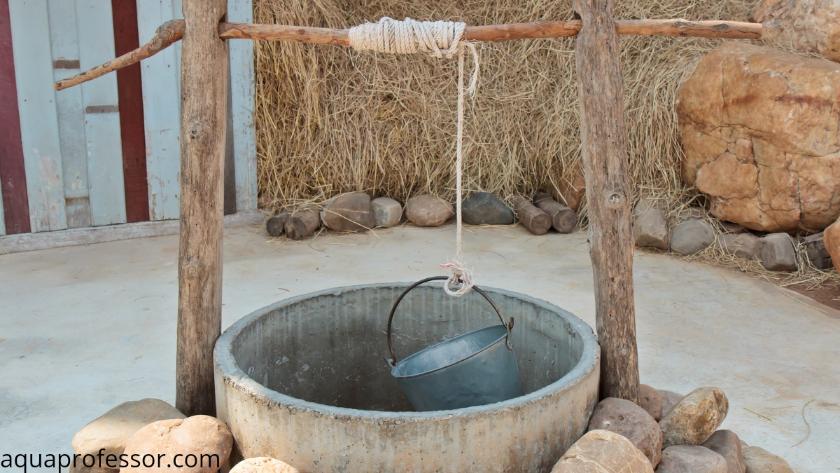
You can quickly drain the hard liquid outside, but this can harm the local water treatment system and our environment. The backwash solution contains several salts and other harmful minerals.
Here’s a list of places where you can drain it without causing any harm:
👉Dry Wells
Dry wells have a deep hole and porous wall that allow slow soaking of the backwash into the ground. The best way to go about this will be if the dry well is placed over a water table.
🪣French Drain
A pipe is placed horizontally along the ditch in a French drain. This ditch is covered with pebbles, and the pipe has interspersed holes in it.
French drain ensures that the solution is dispersed horizontally over a larger surface area. The pebbles make sure there is enough space, preventing overflow.
💧Septic Drain
A septic drain field is an excellent way to drain the backwash as long as it has a drain field. You can convert an old septic tank, disconnect it from the outlet pipe and make holes at the bottom of the tank. Add some pea stones to the tank and connect it to the water softener.
🥽Subsurface
When draining onto the subsurface, maximize the distance between the point of brine discharge and the well.
One hundred feet is the average distance usually recommended. Keep the brine discharge downhill from the drinking tap sources.
⚙️OWTS
You can use the Onsite Wastewater Treatment Systems. Just make sure it is the right size and can handle the volume of water being treated.
Note:
Keep in mind that brine is heavier than water and may settle at the bottom of the tank. You might need to clean the tank regularly if this happens through these onsite systems.
Also Read: Why My Water Softener Is Constantly Draining
🤔Where To Drain Water Softener Installed In Basement
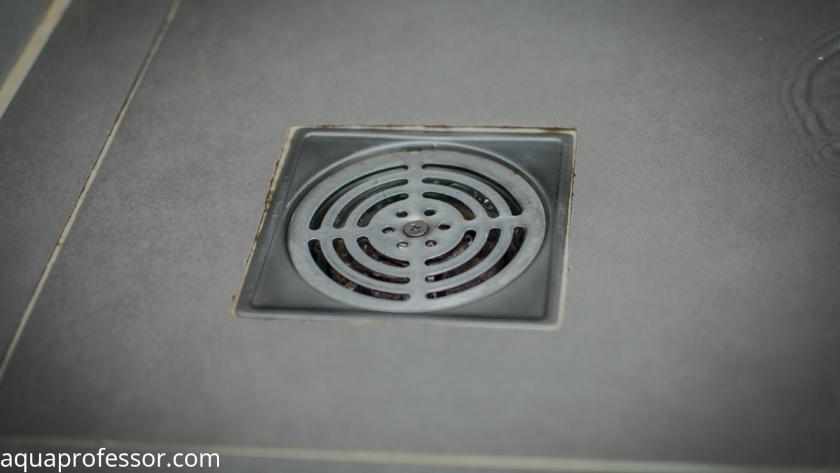
Suppose your water softener is installed in the basement. The best way is to drain the backwash in the basement itself. Here are a few ways to go about that:
Also Read: 7 Ways To Increase Pressure In RO Systems
👍Smart Uses of Water Softener Backwash
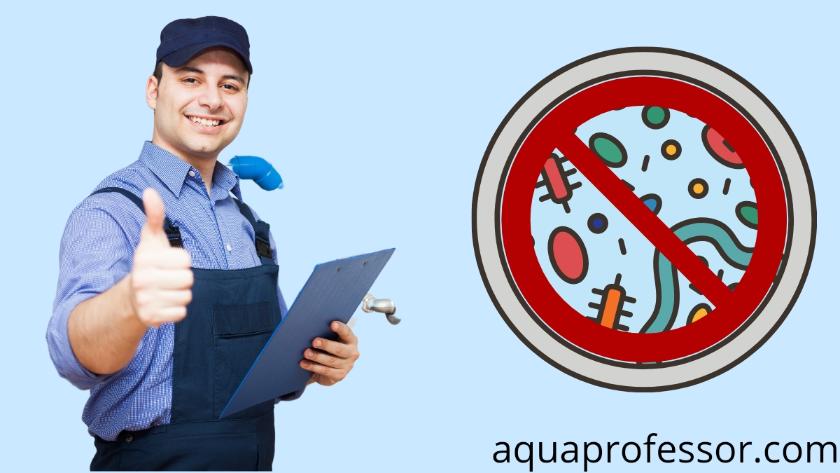
Yes, backwash water is harmful to the environment, but it can be put to good use.
Here are some clever ways in which you can use backwash water:
Also Read: How To Soften Hard Water Naturally
❌ Worst Water Softener Discharge Options
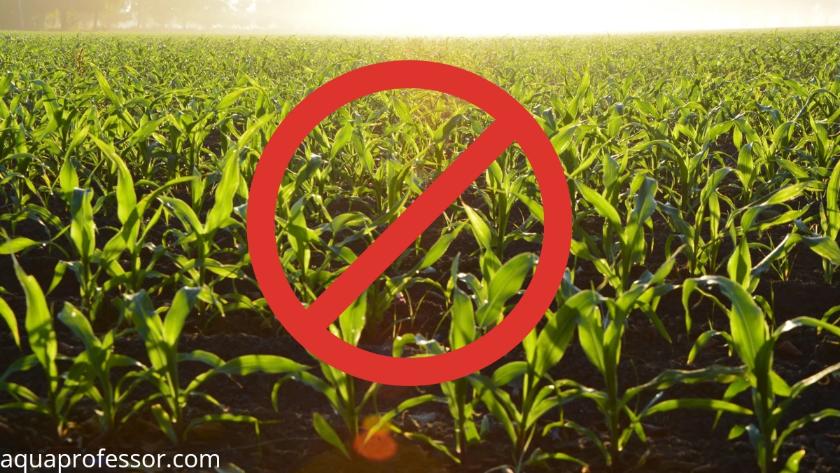
By now, you know what all places are suitable to discharge backwash in. There are a few places that you must avoid while discharging backwash water. Before moving ahead, go through the local regulations regarding softener drainage solutions.
Let’s talk about the places to avoid during discharge:
Also Read: Reset Water Softener In 10 Easy Steps
👉How To Drain Water Softener Step-By-Step
Also Read: 3 Best Water Softeners
🎯What Is Backwash Brine Solution, And What Does It Contain?
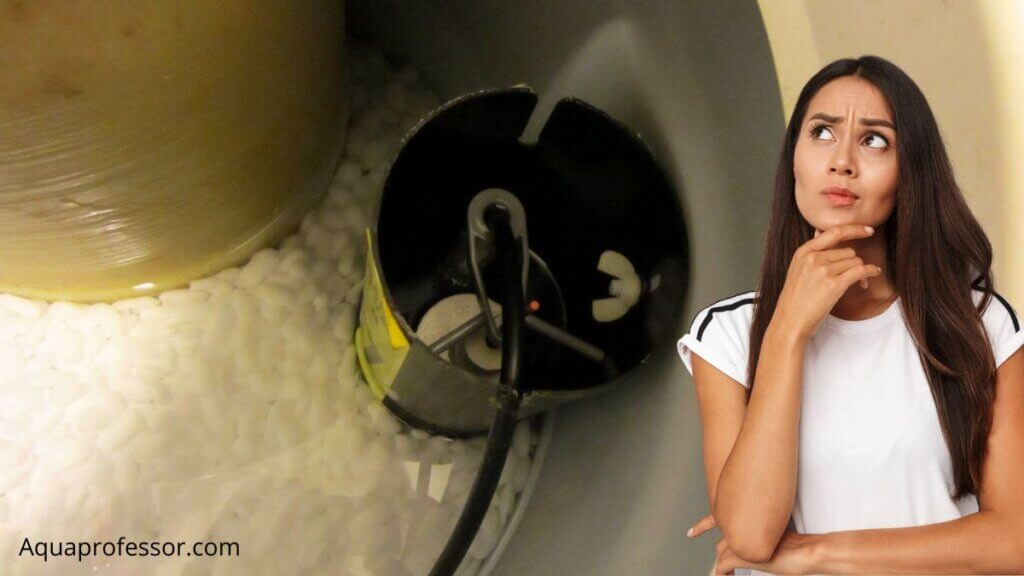
The backwash is the water that flows upward through the resin tank with high pressure to clear out the extra hard minerals settled in the resin bed. This water is made to flow in some form of drainage.
The backwash is done to make the softening system ready for use again. This backwash brine solution contains excessive chloride, potassium ions, and sodium content.
The backwash is an essential step in the regeneration process. A conventional water softener regenerates every two to three days. In newer models, regeneration might happen every day or a few times. Usually, it takes around 10 minutes to complete the entire backwash process.
Backwash usually contains hard minerals like high amounts of sodium ions, low levels of calcium and magnesium ions, and sometimes, trace amounts of iron and other minerals. This makes the backwash brine solution rich in salt and mineral content.
Also Read: Water Softener Water Tastes Salty?
💡Where To Discharge Water Softener Backwash FAQs
Should the water softener drain into the septic?
Yes, softened water can be drained into septic tanks. This causes no harm or adverse effects to them.
Why does my water softener drain pipe need to have an air gap?
Air gaps are required to prevent the mixing of non-potable and potable water. They help avoid contamination of the water used for consumption.
How often should my water softener be backwash in a week?
You can do regeneration and backwash once every week. Some systems regenerate every night.
Why does my water softener keep backwashing?
Over the resin, beds get covered up with hardness ions and minerals with frequent use. Backwashing takes place as a form of drainage to remove these minerals and restart the water softening process to get soft water.
Is regeneration the same as backwash?
No, both are different. Backwashing removes particles and the trapped gases in between. It is also helpful in removing resin bed compression. The Regeneration process involves replacing the sodium ions exchanged during the ion exchange process in water softening.
Adarsh is a Health & Nutrition Sciences graduate with expertise in environmental health. He is associated with ventures like Glacier Fresh Filter and Simpure Filter Systems. Through Aqua Professor, he intends to provide helpful information to every home to help them make smarter decisions.
